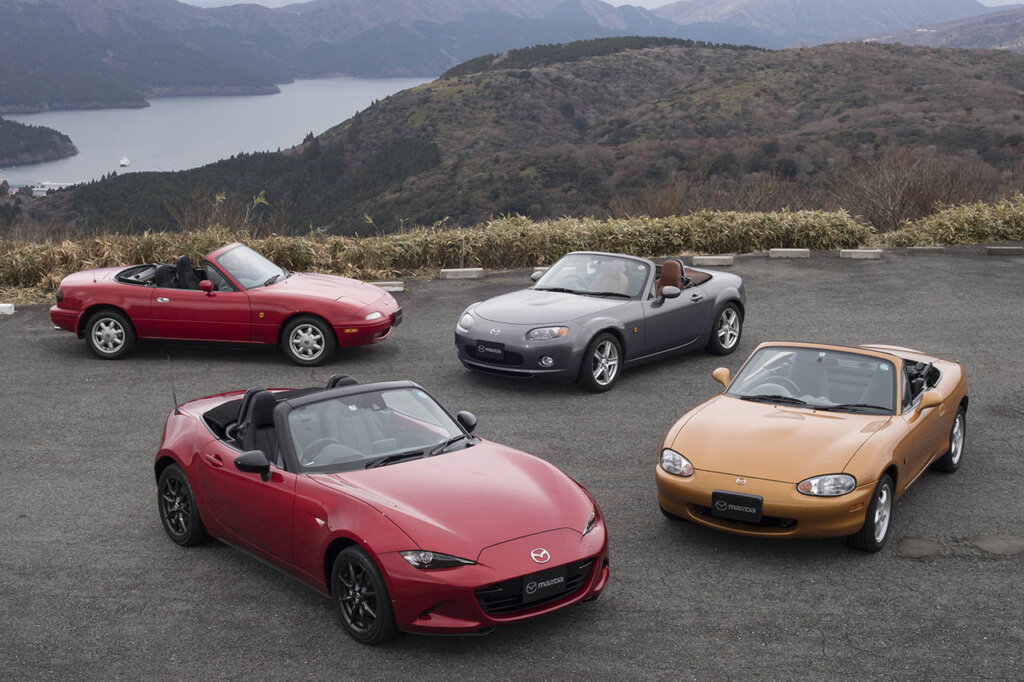
Source: Mazda Newsroom
Buckle up and get ready to experience the epitome of driving exhilaration – the Mazda Miata.
Affectionately known as the “Miata,” this iconic roadster has become synonymous with spirited, top-down motoring. Since its debut in the late 1980s, the Mazda Miata has captured the hearts of driving enthusiasts around the world, delivering a perfect blend of style, agility, and that indescribable “Zoom-Zoom” factor. With the Miata’s lightweight design and performance, it’s no wonder that Mazda used the Old High German term miata – it rewards drivers with an experience like no other.
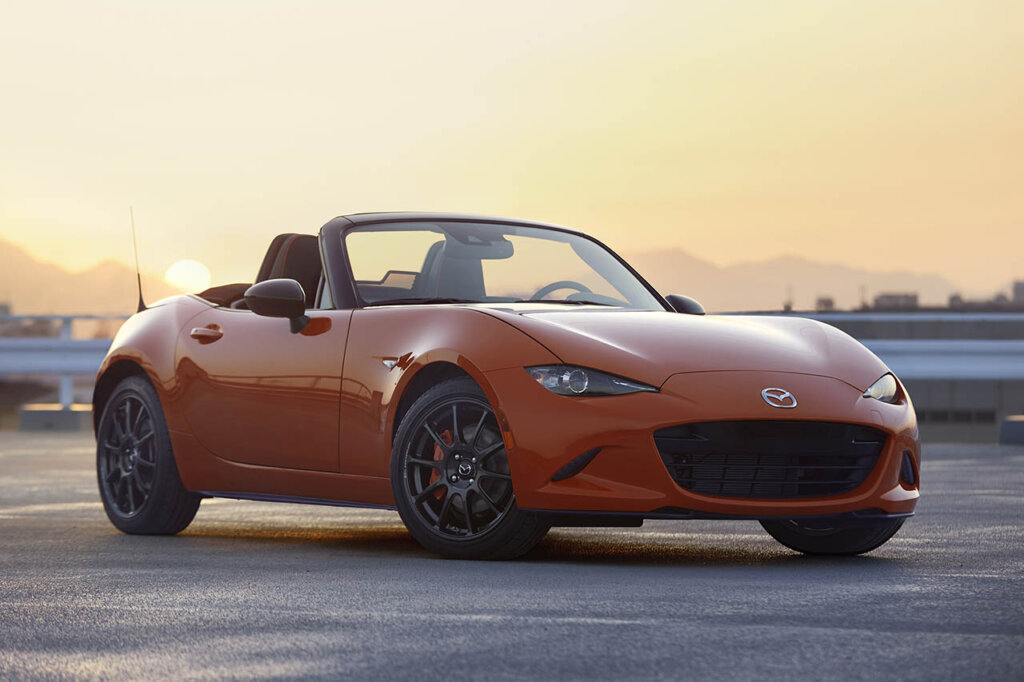
Source: Mazda Newsroom
Miata Design Competition
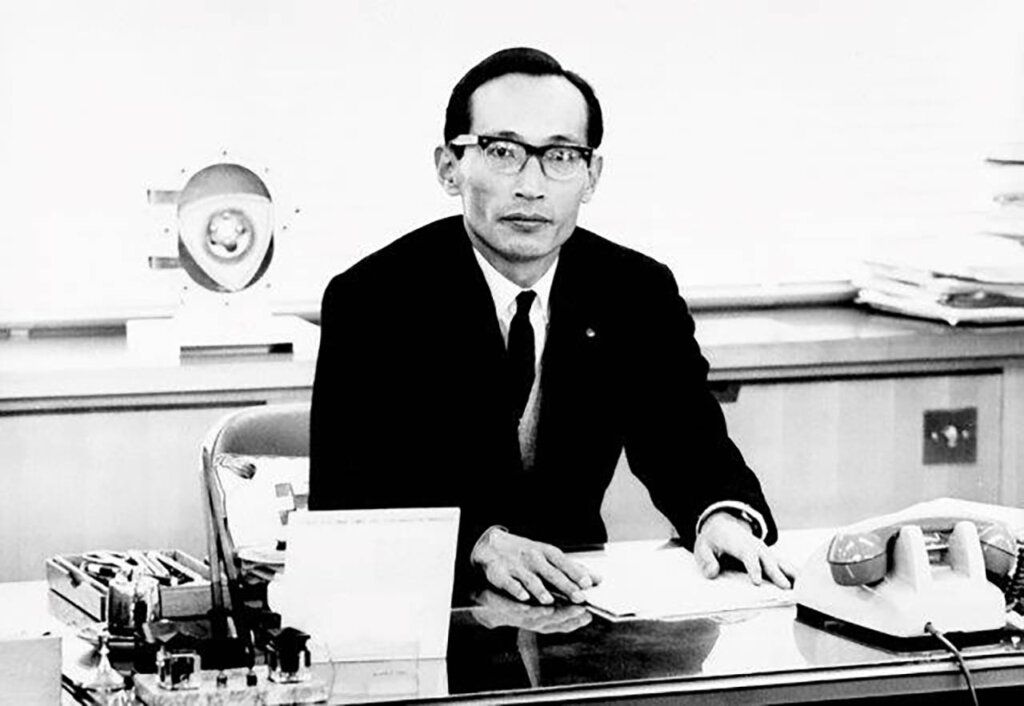
Source: Mazda Motor
The Miata began when Bob Hall, journalist at Motor Trend magazine, met with Kenichi Yamamoto and Gai Arai, head of Research and Development at Mazda. Yamamoto and Gai Arai asked Hall what kind of car Mazda should make in the future. Bob Hall responded that how that “simple, bugs-in-the-teeth, wind-in-the-hair, classically-British sports car doesn’t exist any more” and “somebody should build one […] inexpensive roadster”.
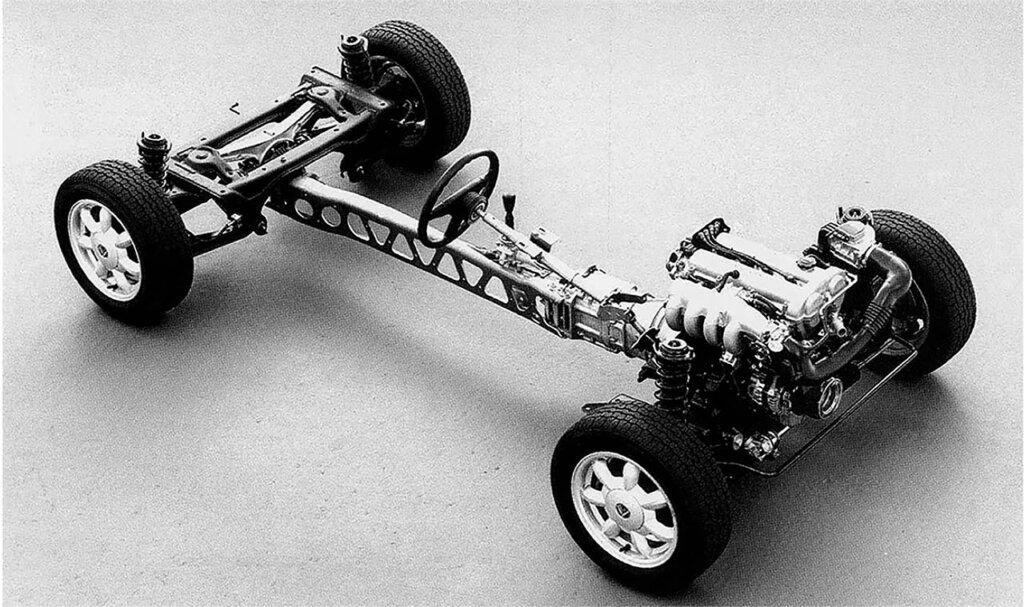
Source: Mazda Newsroom
Fast forward to 1981, Bob Hall now works in product planning at Mazda USA. During this stint, he reconnected with Yamamoto, now the chairman of Mazda Motors. Recollecting their earlier conversation about a potential roadster, Yamamoto greenlit Hall in 1982 to dive deeper into the concept. Hall, seizing the opportunity, enlisted the talents of designer Mark Jordan, bringing him on board at the newly established Mazda design studio in Southern California. Together, Hall and Jordan meticulously defined the parameters of the initial image, proportions, and visualization for the “light-weight sports” concept. By 1983, the concept gained approval under the “Offline 55” program, an internal Mazda initiative aiming to revolutionize the new model development process. This marked the inception of a spirited competition between Mazda’s design teams in Tokyo and California, under the leadership of project head Masakatsu.
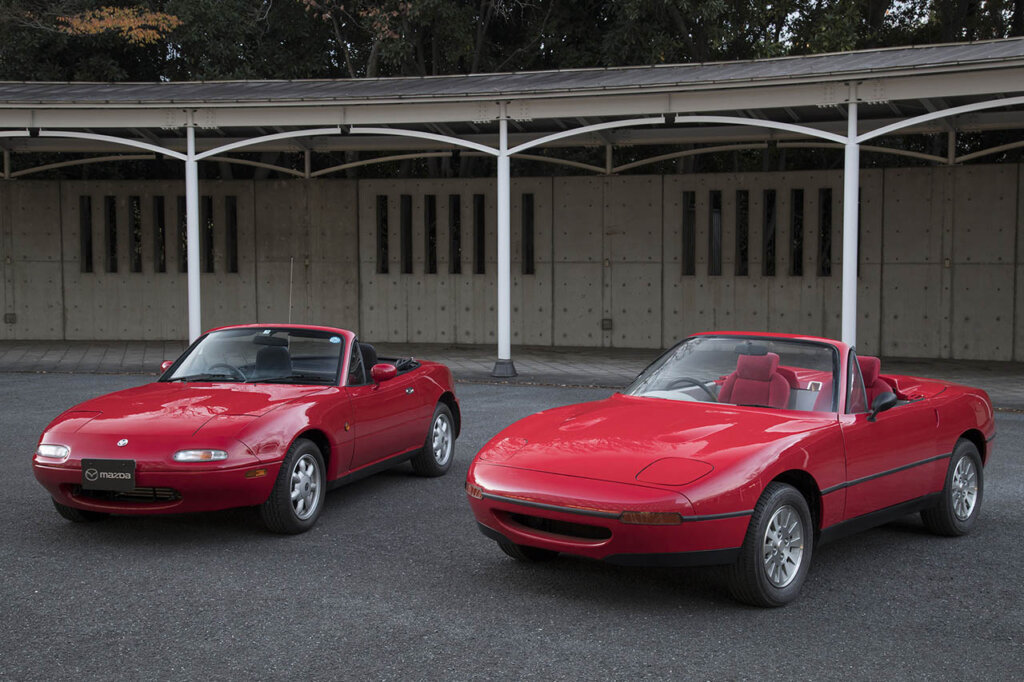
Both teams competed on who had the better chassis and layout. The California team advocated for the front-engine, rear-wheel-drive Duo 101, drawing inspiration from British roadsters, like the Lotus Elan. However, their Japanese counterparts leaned towards the prevalent front-engine, front-wheel-drive, or rear mid-engine, rear-wheel-drive layouts. After reviewing and judging the proposed designs, the Duo 101 ended up being the winning design and was approved for production. The codename was later changed to V705 and P729 again later in production, but the model was built with a fiberglass body, a 1.4 L (85 cu in) engine from Mazda and parts from a variety of earlier Mazda models. By 1989, with the final definitive model name, the Mazda MX-5 was introduced as the ultimate lightweight sports car, with a weight of 2,070 lb. Although the model was meant to be inexpensive, the new design caught the eye of many buyers. This resulted in dealers placing customers on a waitlist and increased the car’s price in North America.
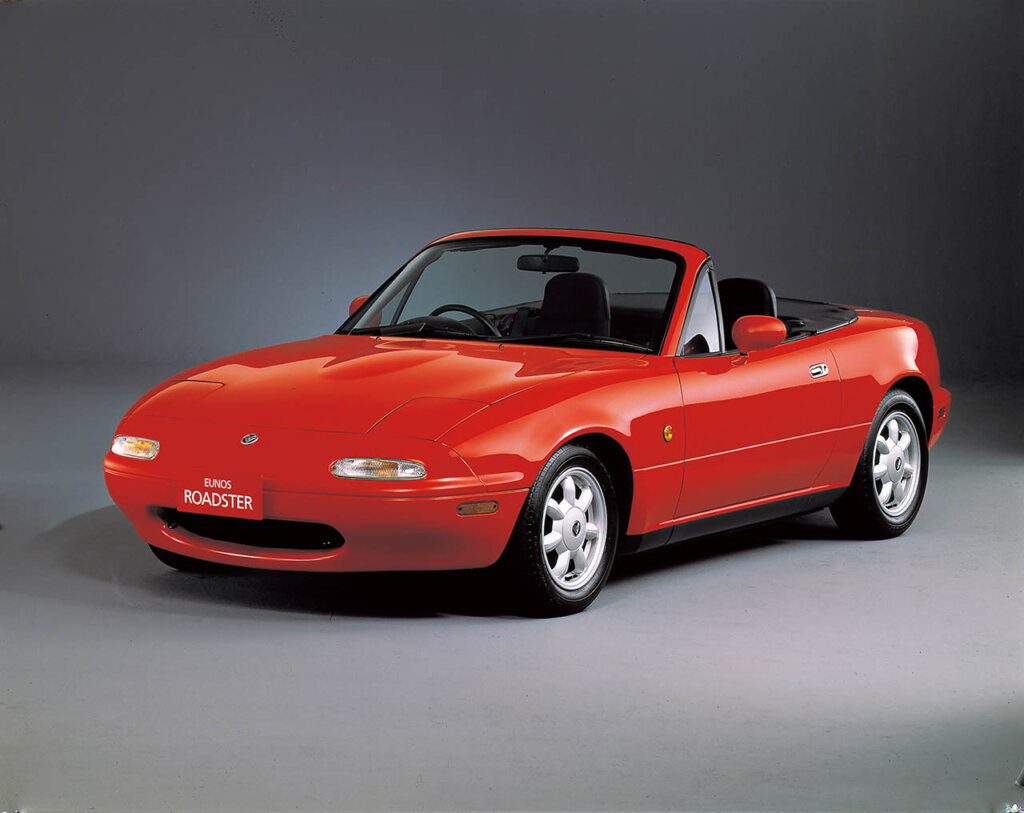
Source: Mazda Newsroom


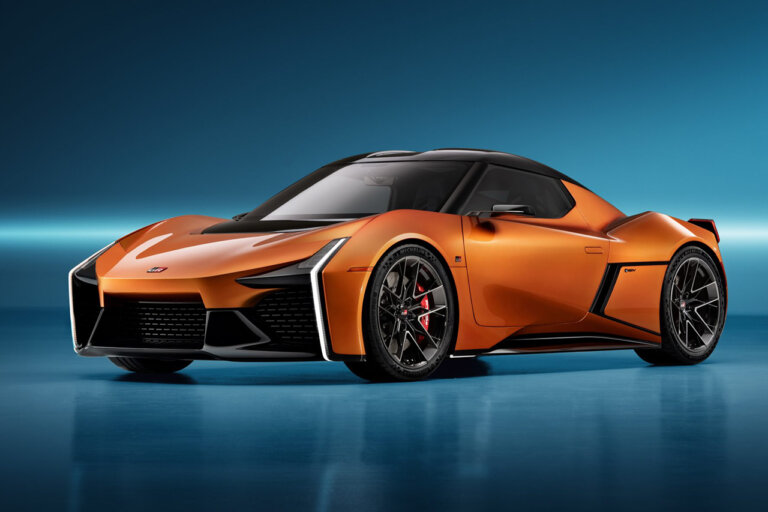
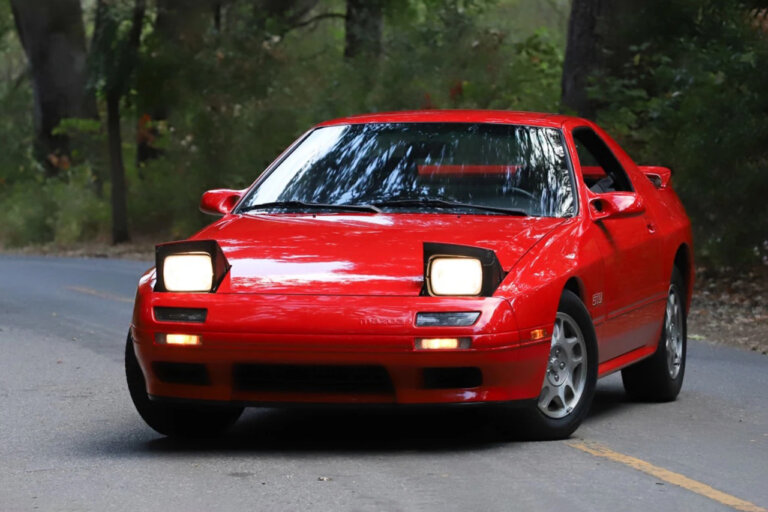
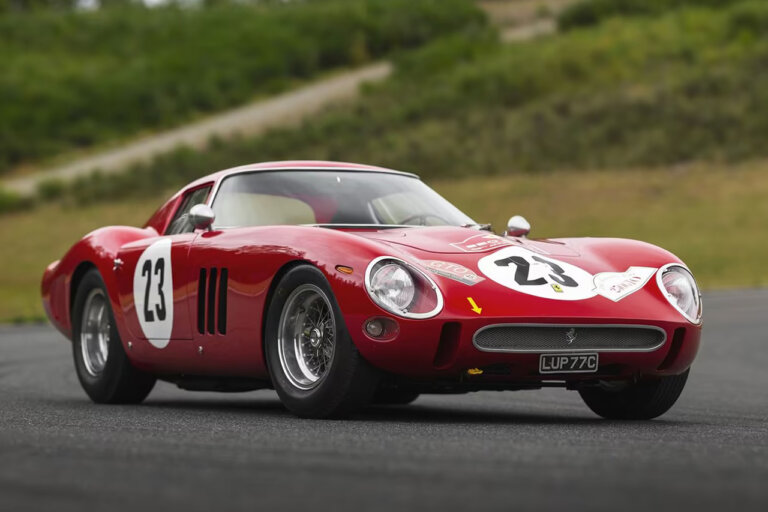





One Response
I have a 1991 mazda miata with 71000 miles, I just love it, it’s a great baby!!